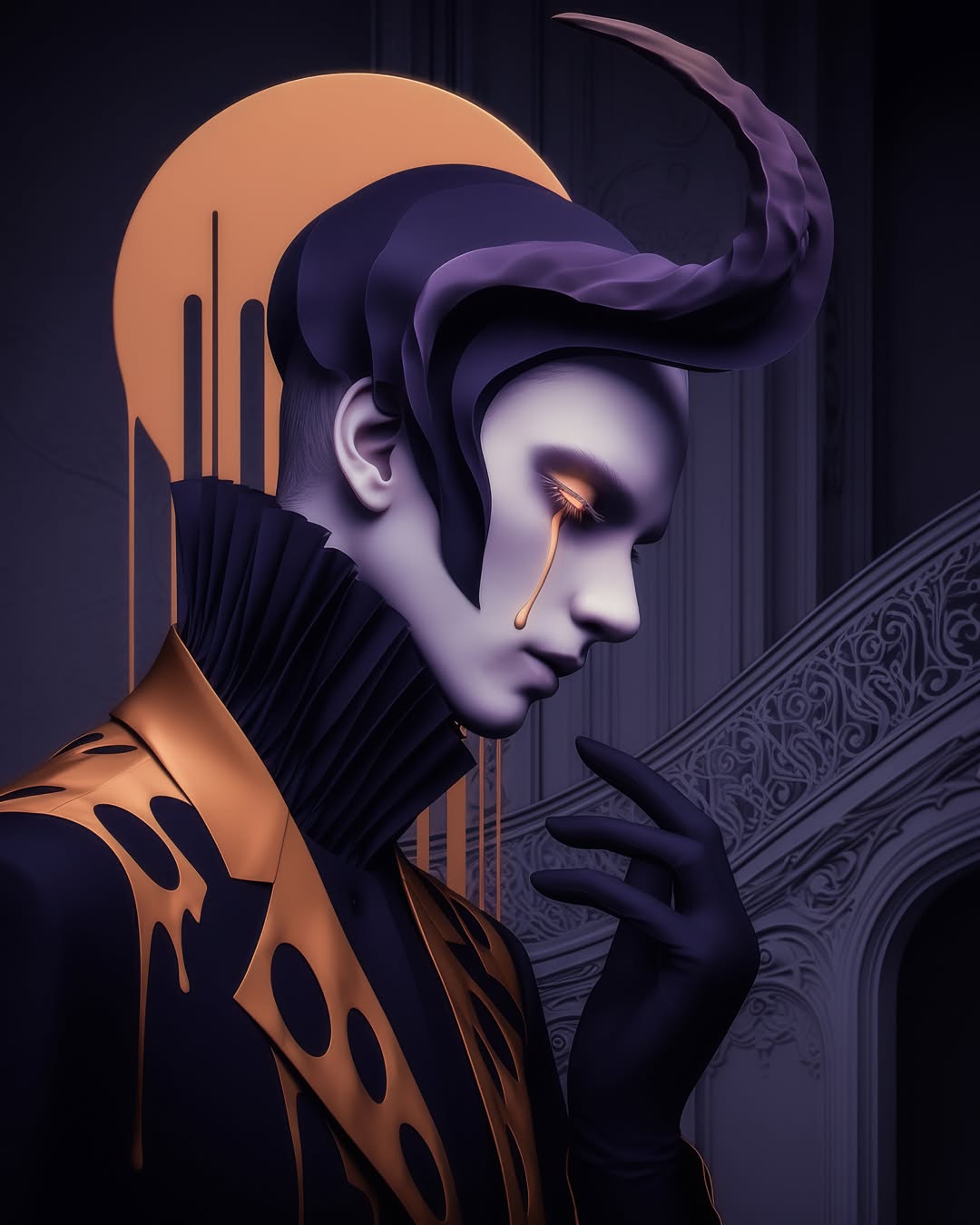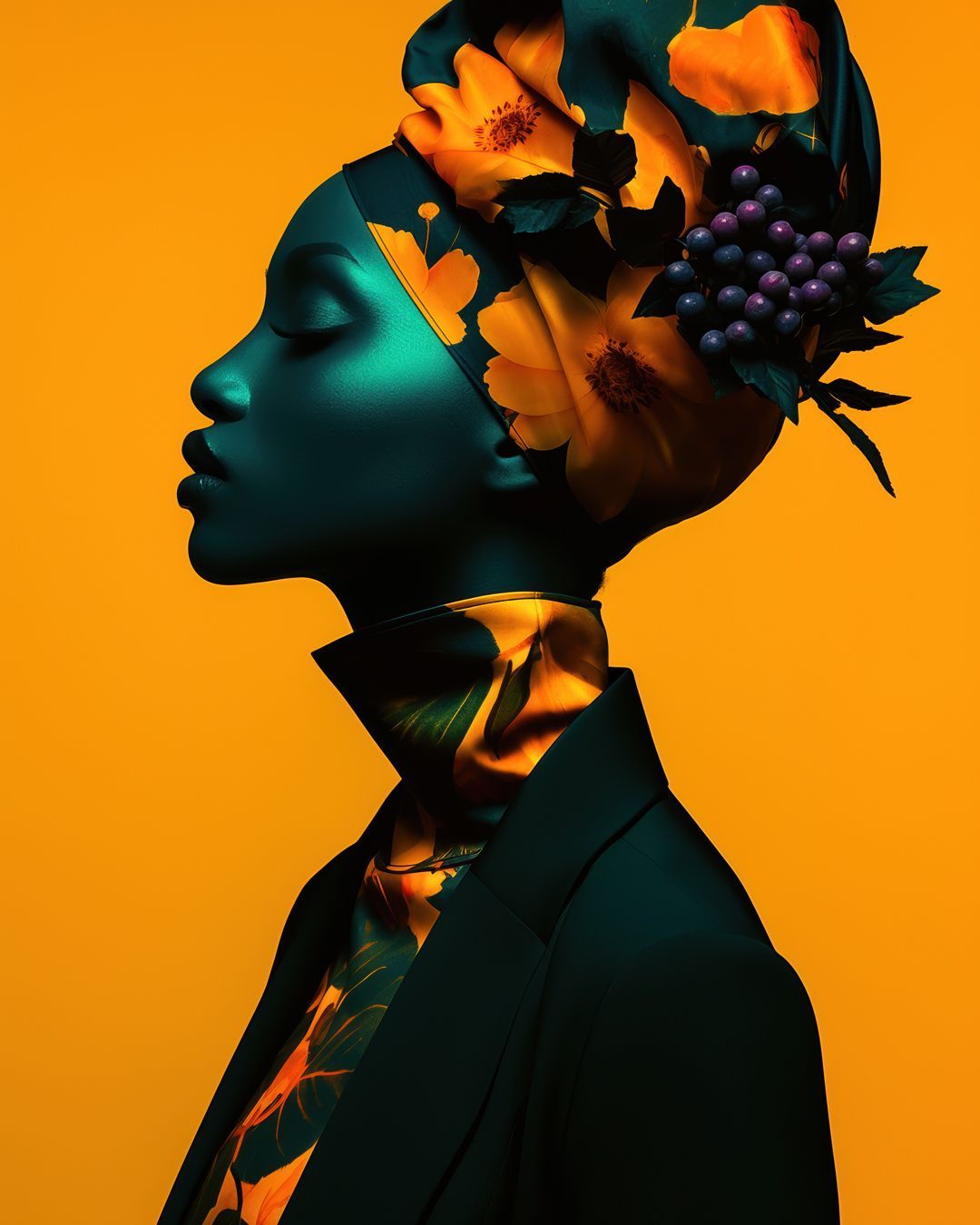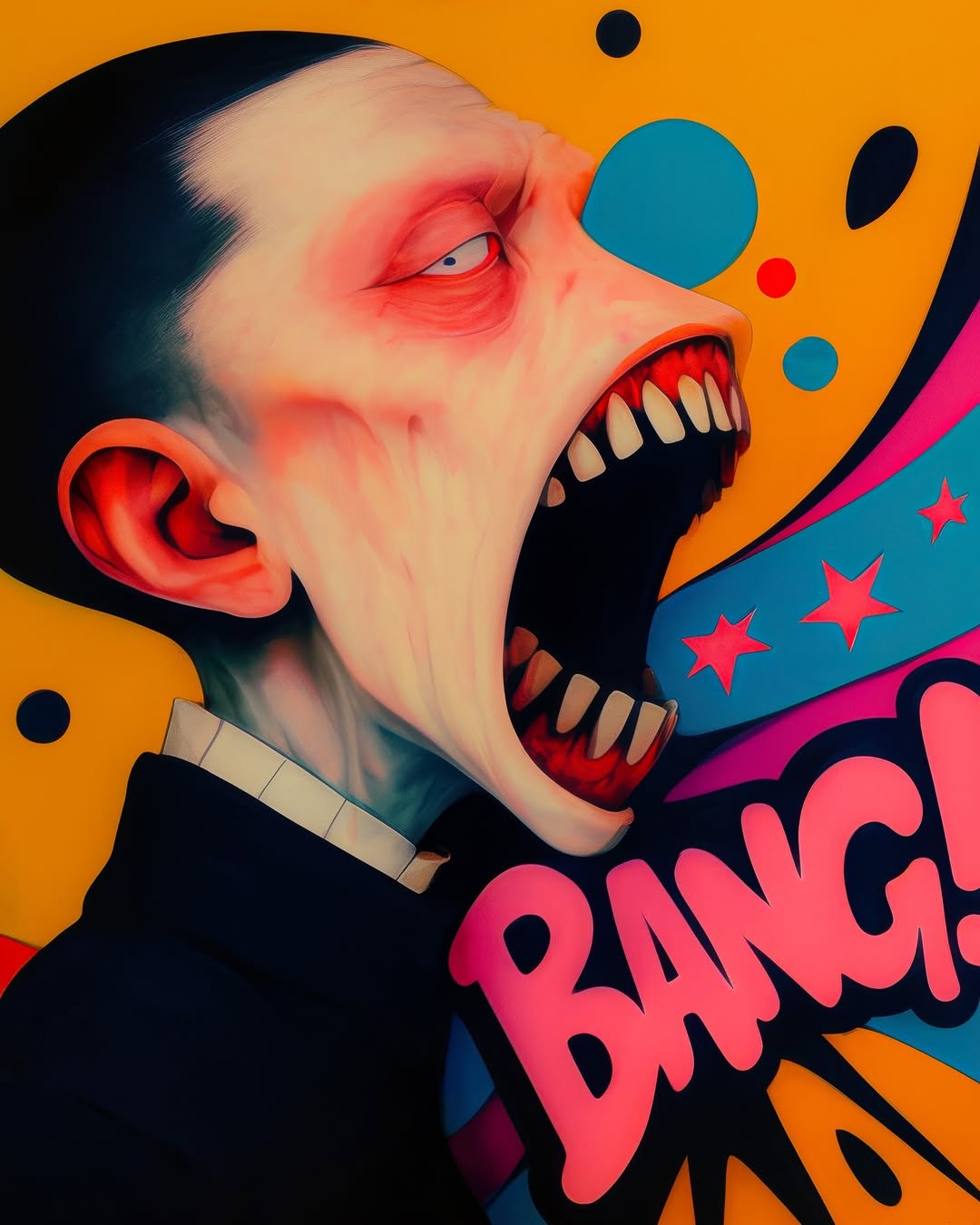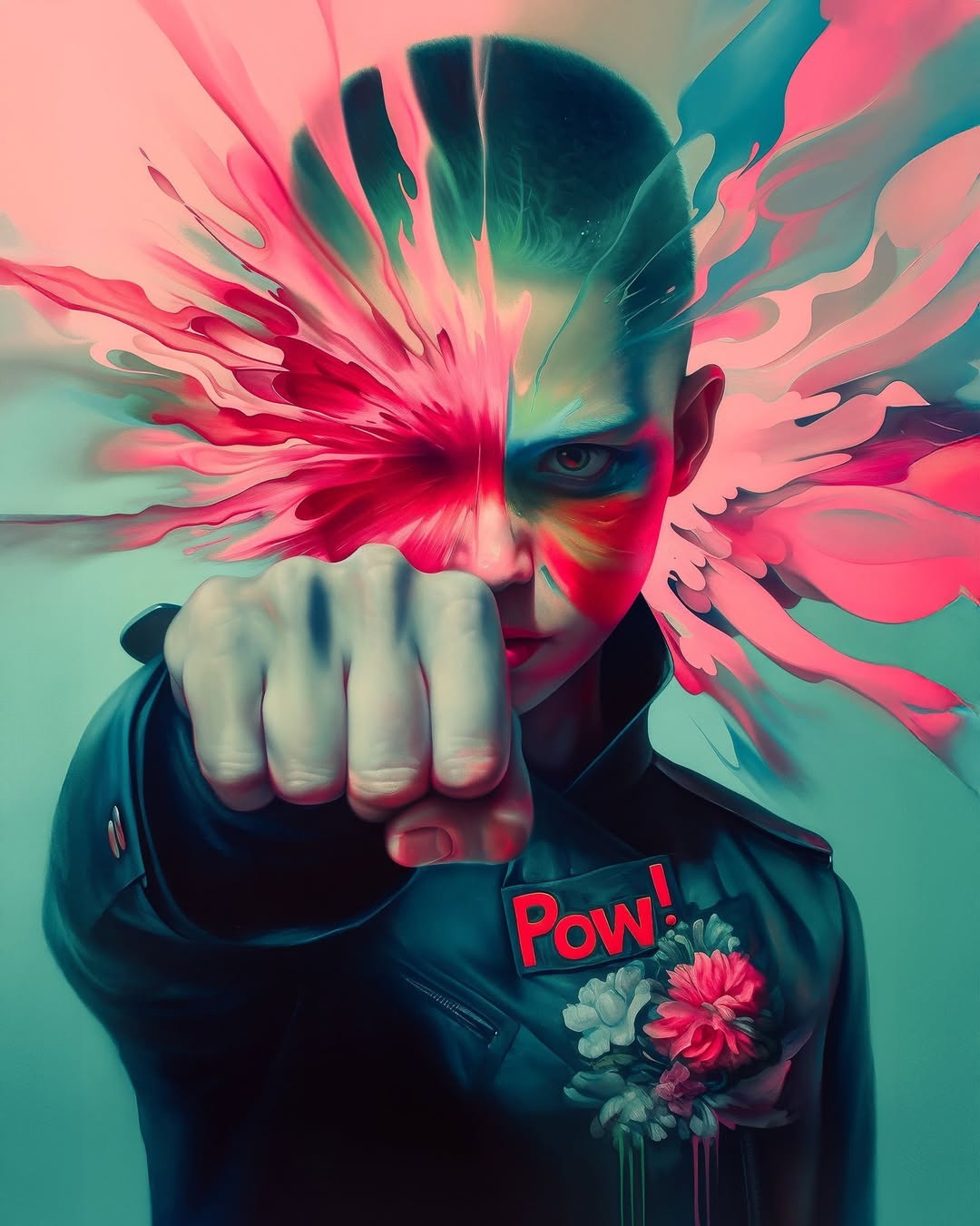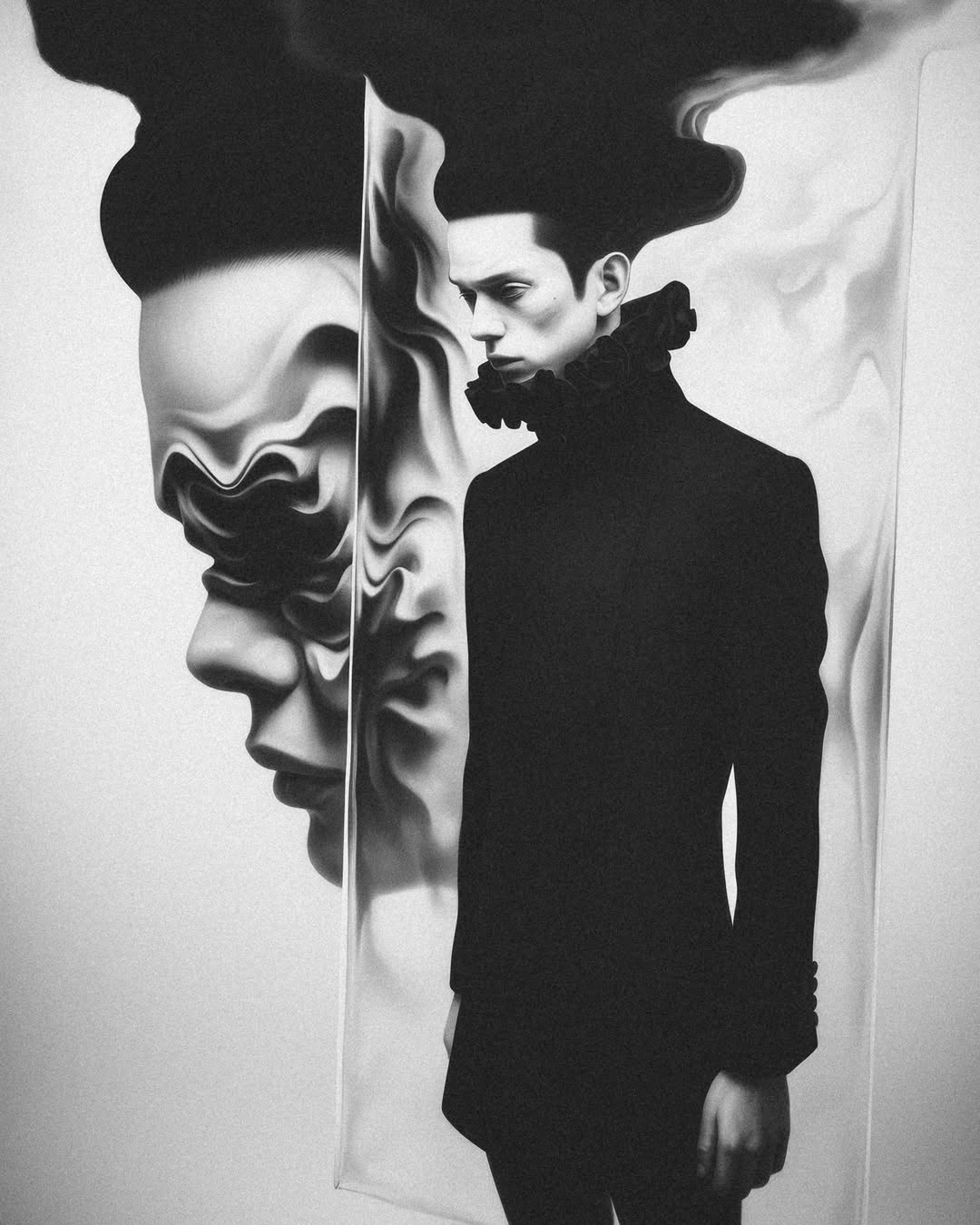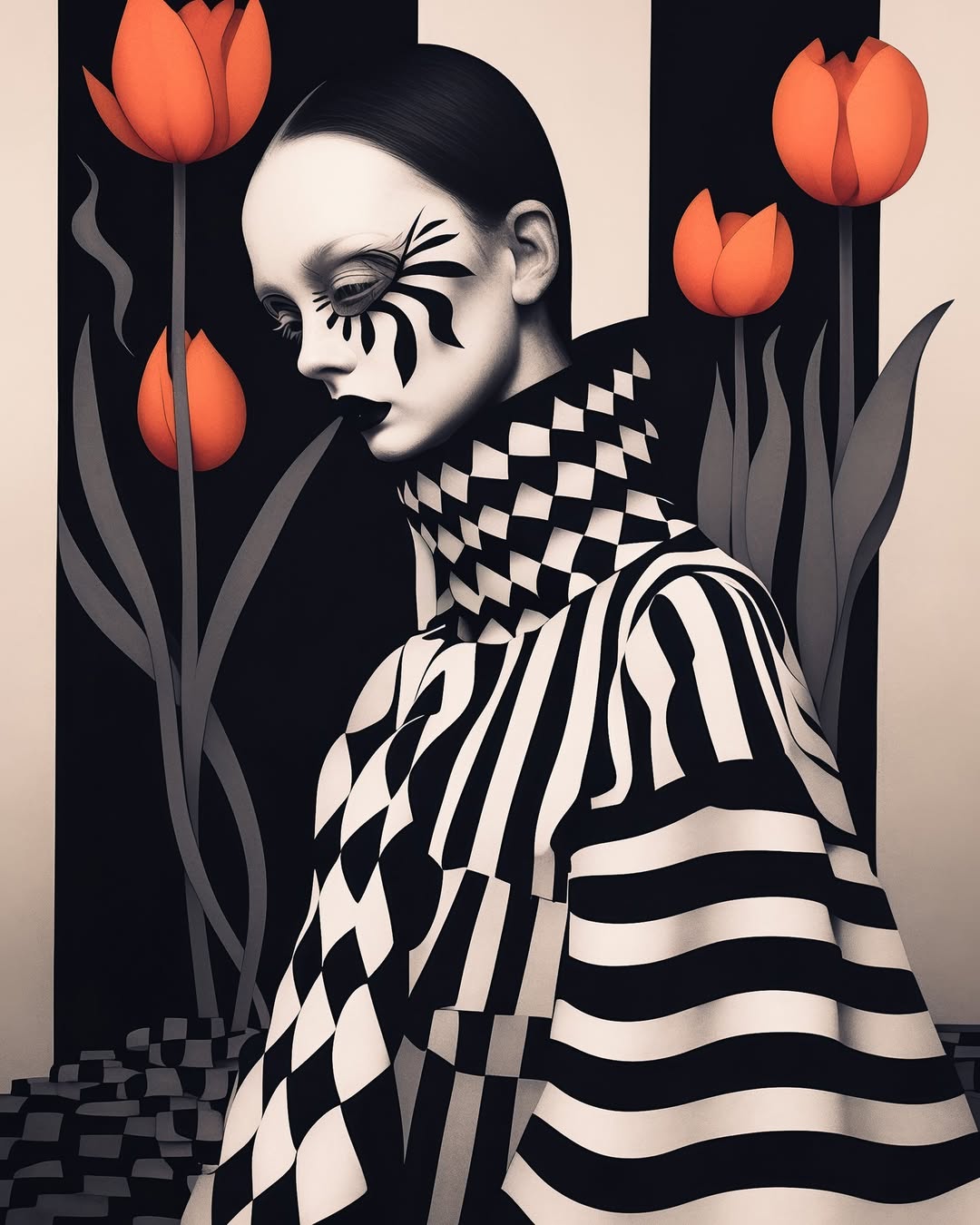Those Fragile Spaces Between What We See & What We Feel
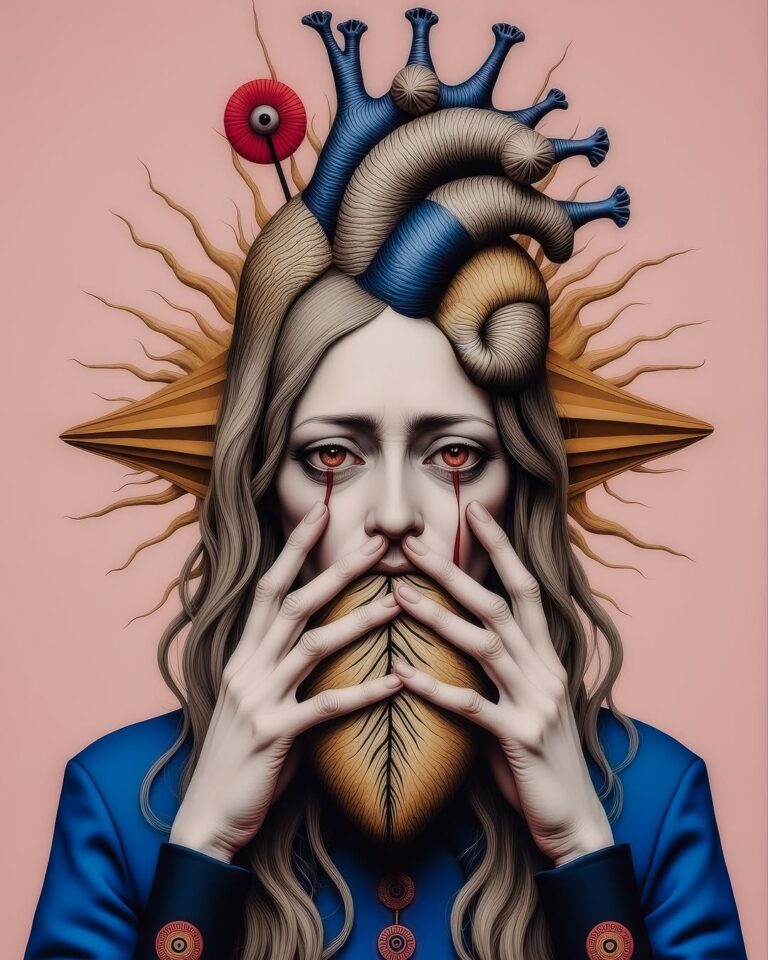

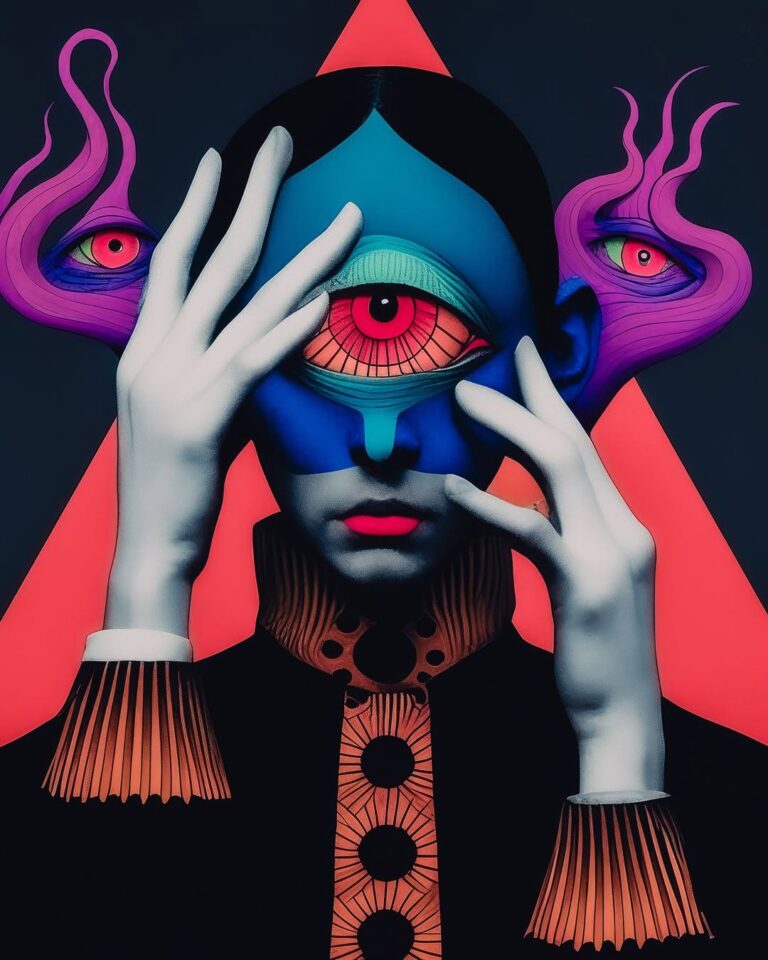
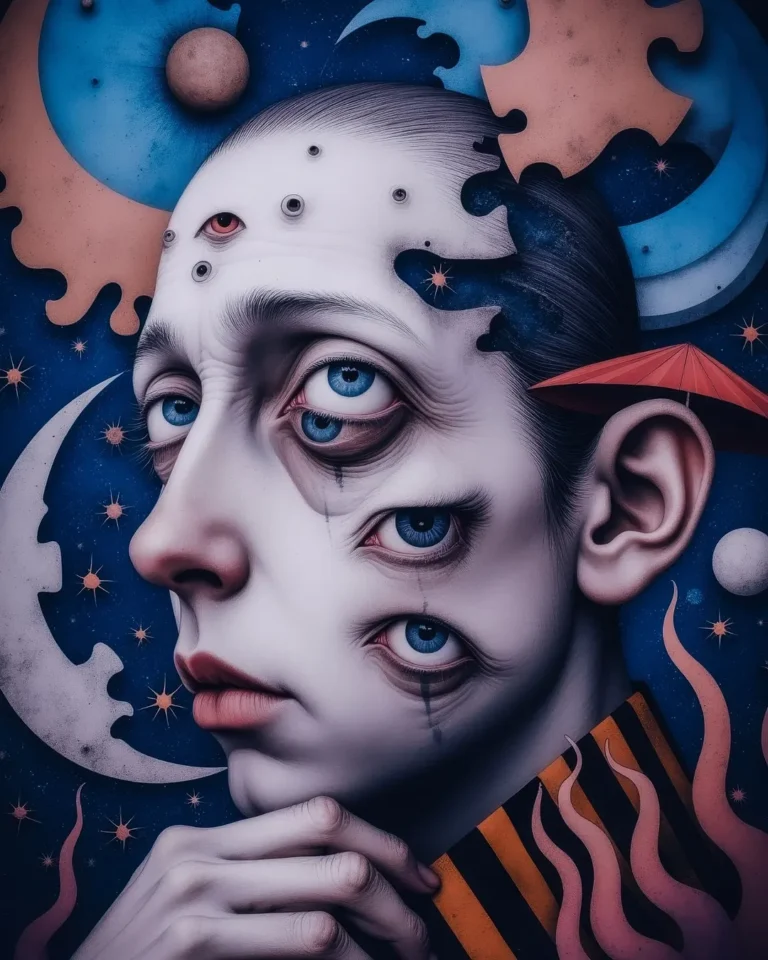
@notitletest
We shape what we feel.
We translate thoughts into form.
A gesture. A sound. Even silence.
Everything we carry inside.
Nothing is fixed.
Meaning slips.
It stays open.
Not answers, but resonances.
I’m Niara. Brazilian. A drummer and flutist who lifts weights, reads obsessively, and runs on coffee (and sometimes bourbon). I have a background in fashion, visual arts, and semiotics (the lens through which everything I create).
AI became my medium when nerve degeneration in my wrist took traditional drawing away from me. What began as frustration turned into a portal. Through AI, I now craft visual poetics that linger between beauty and discomfort, images haunted by absences, spectral presences, and open-ended symbols. I’m drawn to the fragile space between what we see and what we feel. Everything that stirs, echoes, and insists.
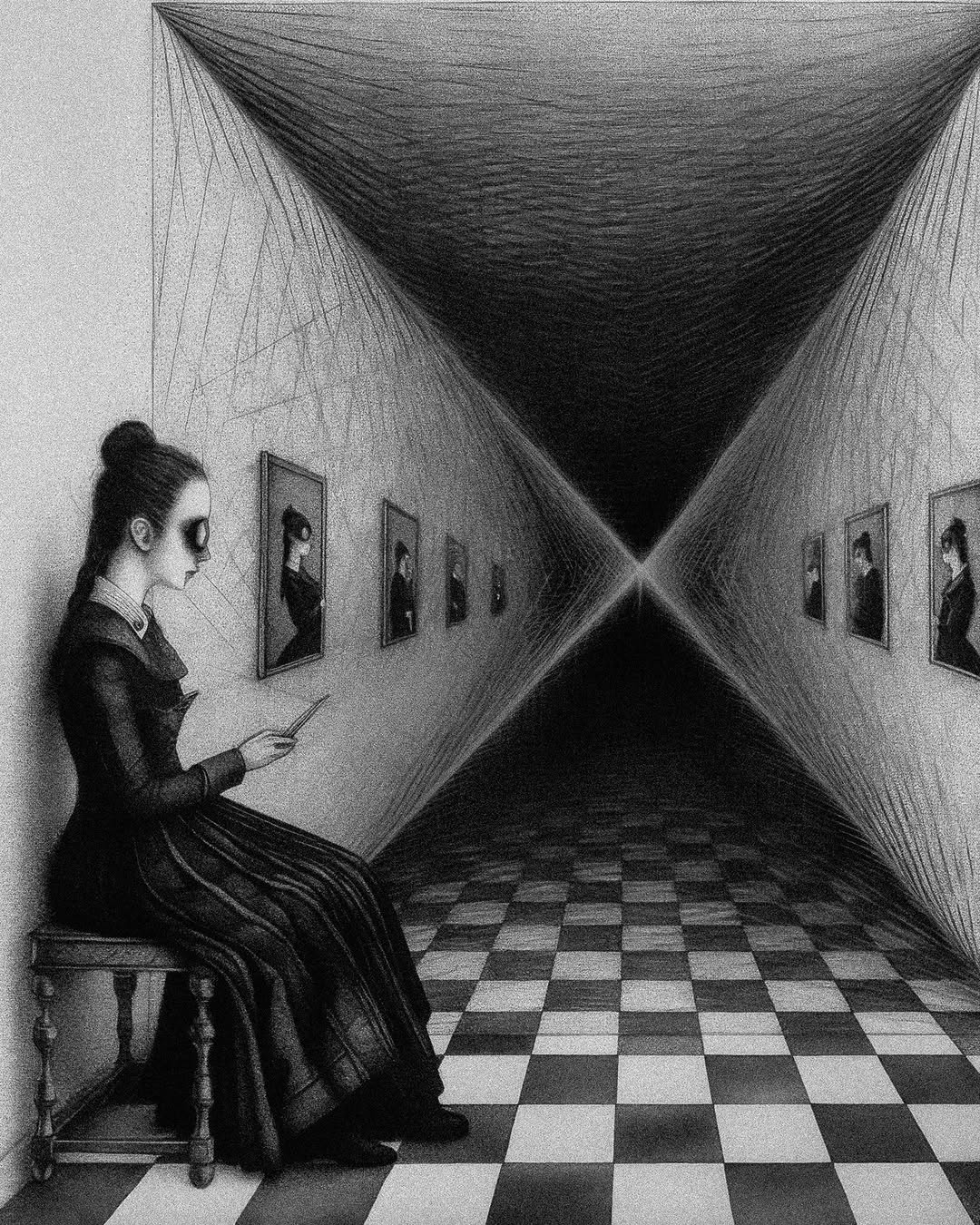
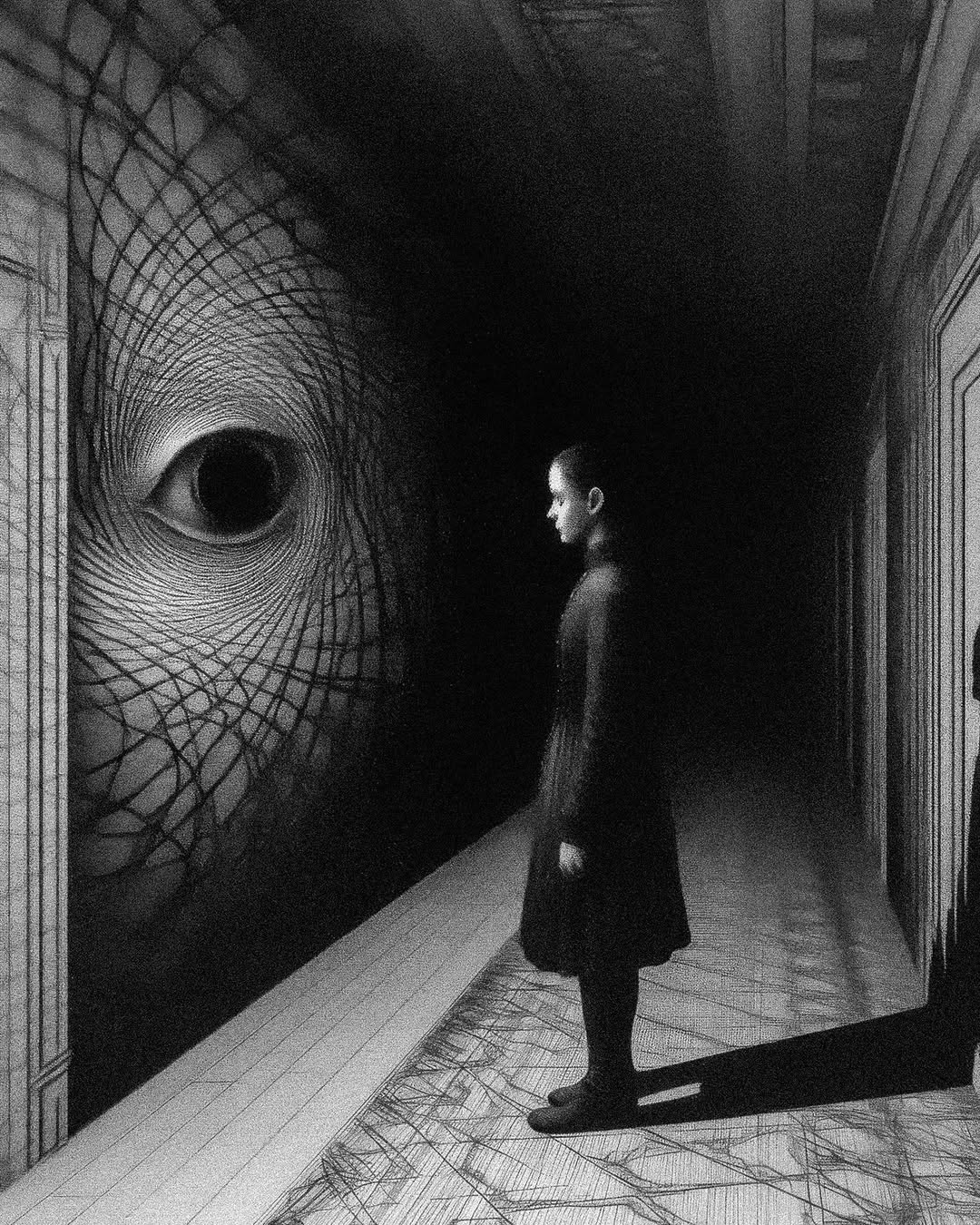
My background is a blend of fashion, visual arts, and semiotics, and that mix shapes everything I create. Semiotics, especially, gives me a lens to think about images not as objects, but as living systems of meaning. I’m always thinking about what symbols do, how they shift, how they haunt. My work in fashion taught me how to read the body visually, while art taught me how images speak across time. AI allows all of that to meet in a new visual language.
My style is surreal, symbolic, and poetic, sometimes soft, sometimes eerie.I work in that thin space between beauty and discomfort. The visual language is often dreamlike, fragmented, haunted, open to interpretation. A kind of symbolic disorder. Themes include absence, memory, ambiguity, the subconscious.. I often explore liminal states, things that are dissolving, reforming, or resisting definition, the symbolic residue of emotion.
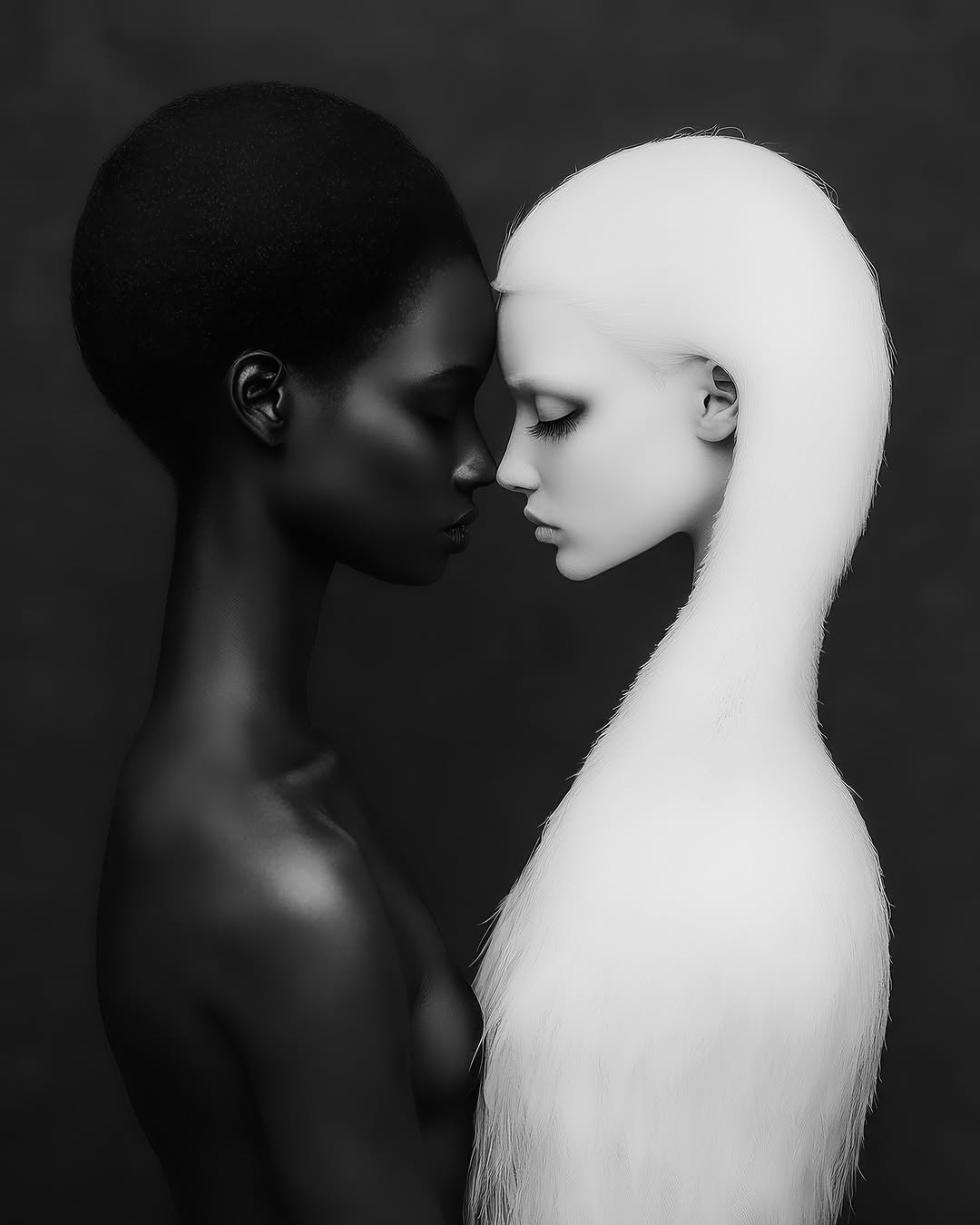
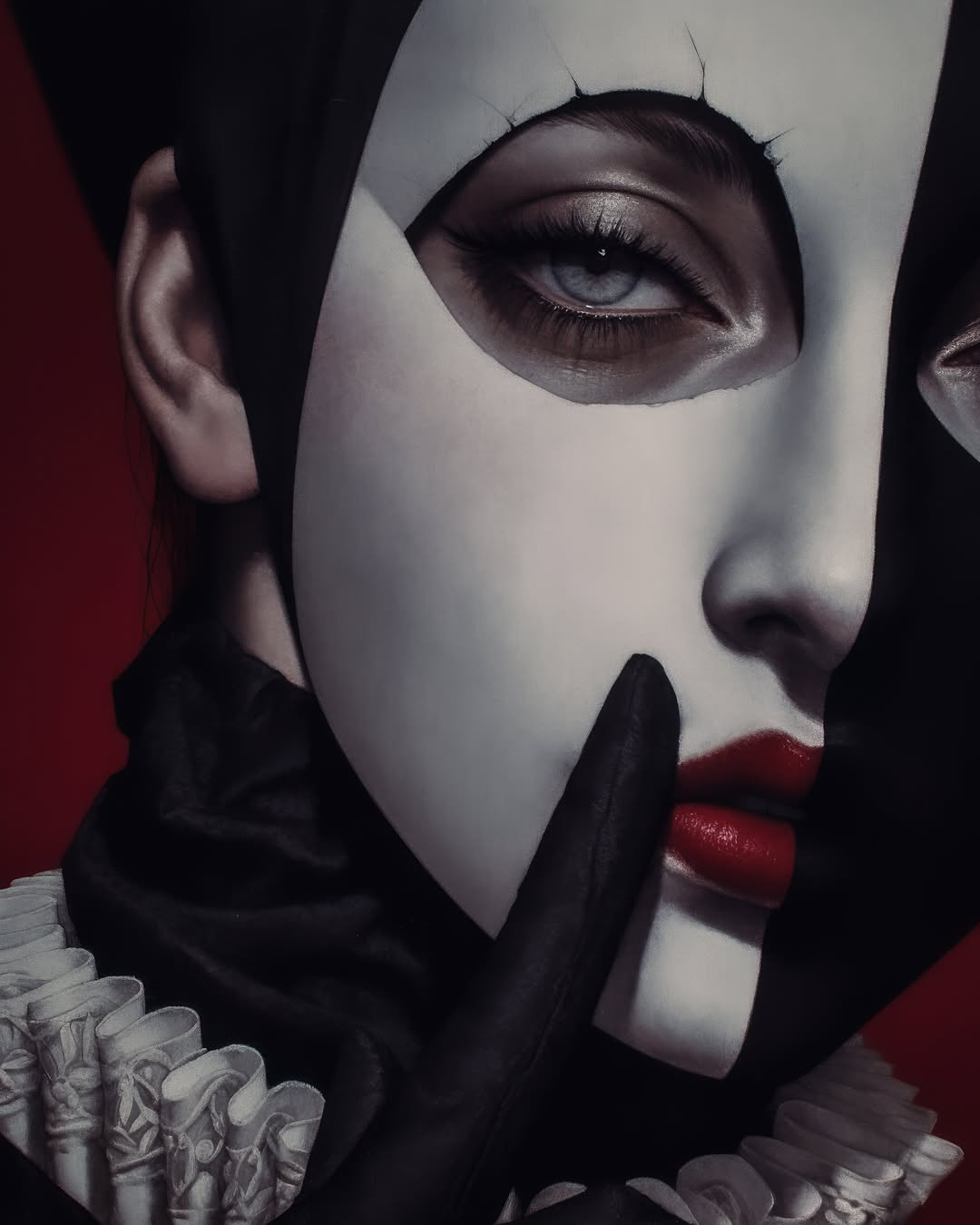
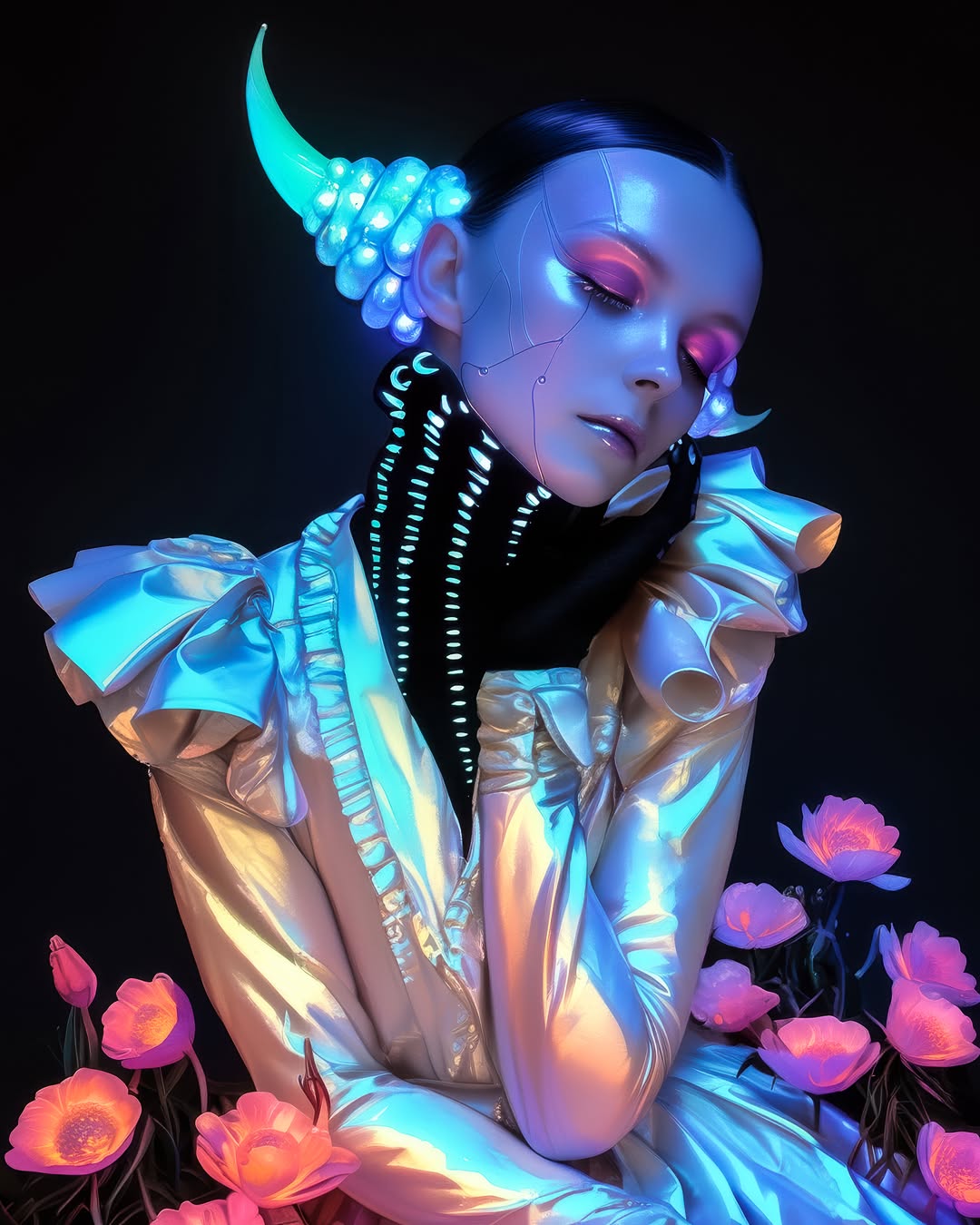
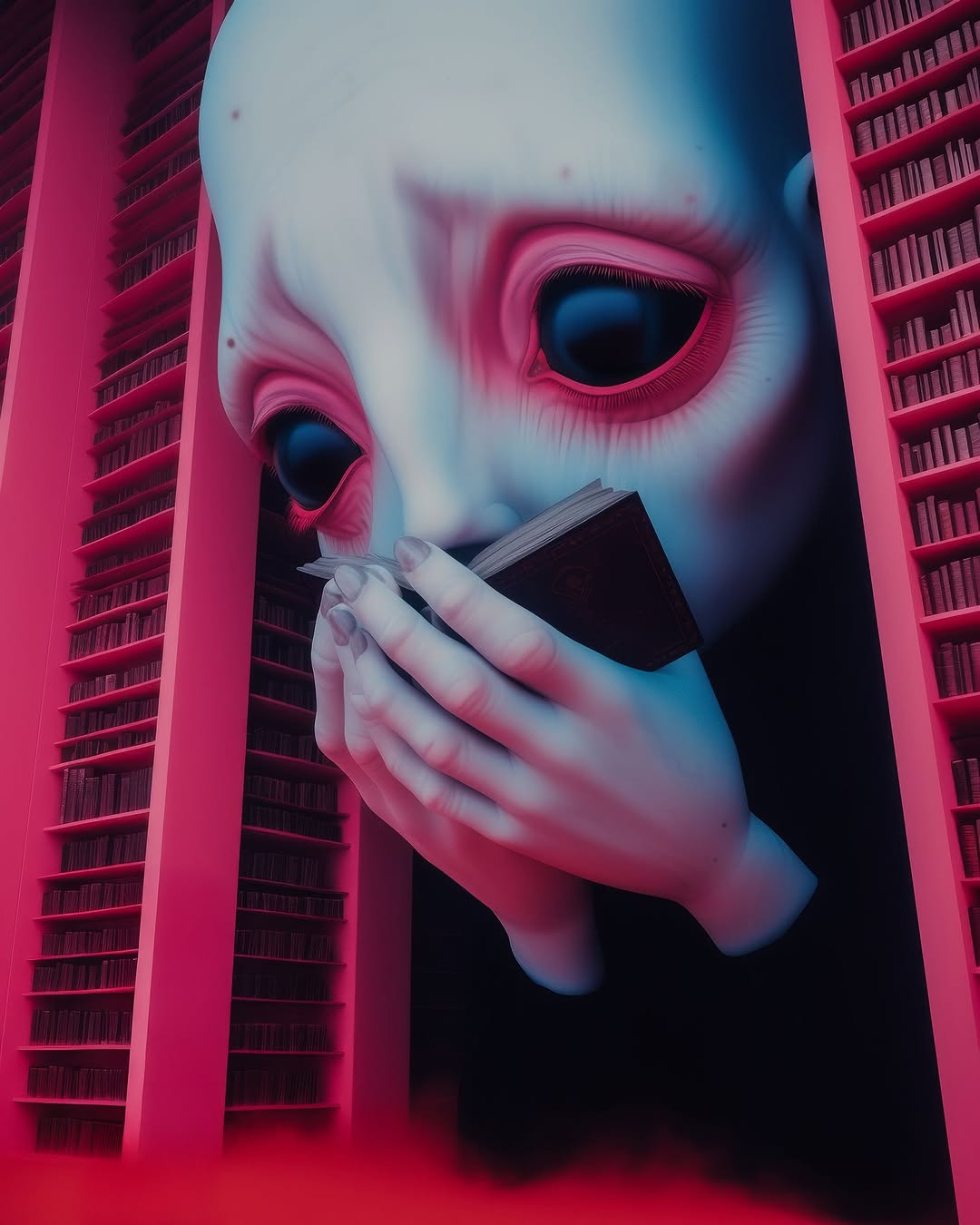
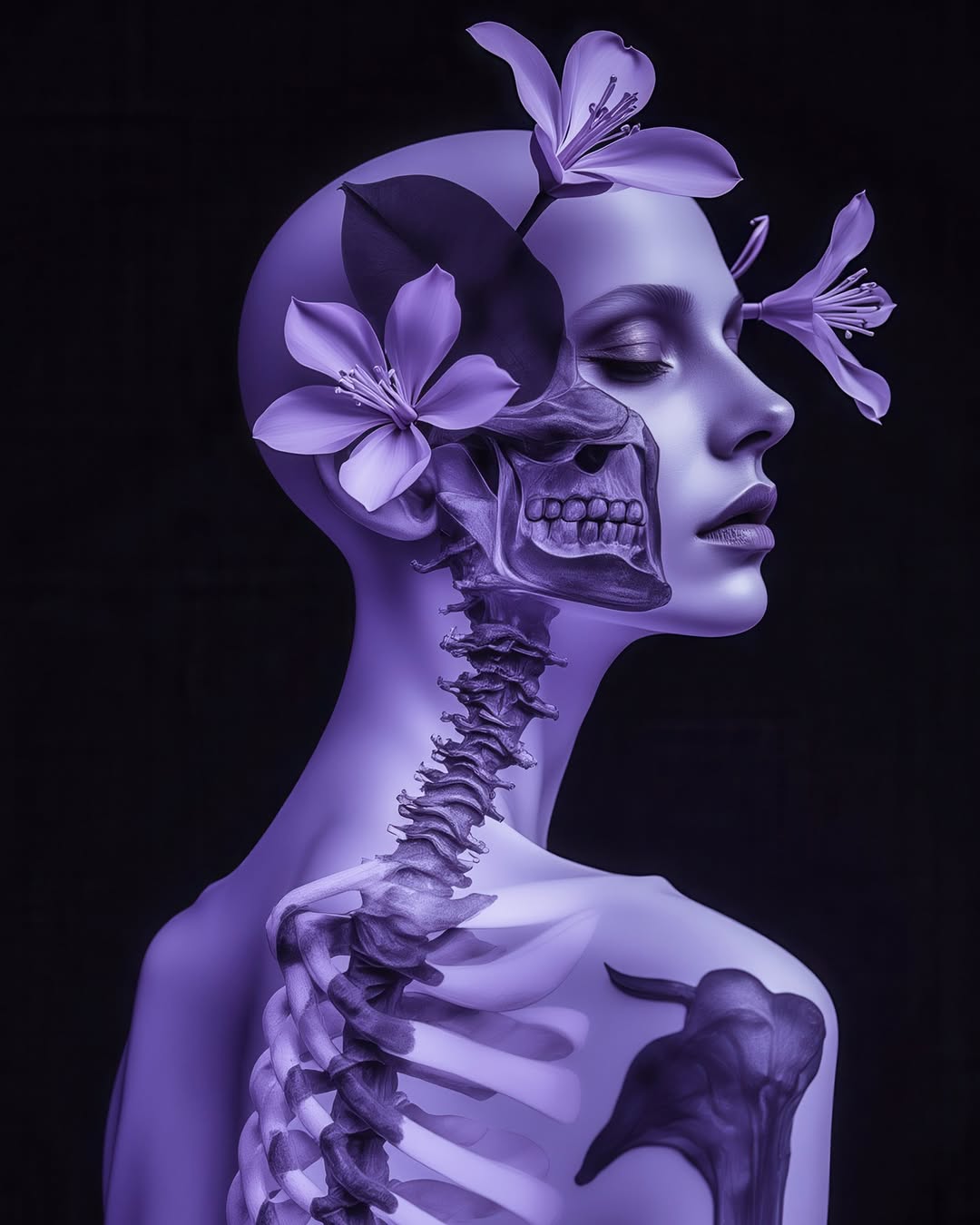
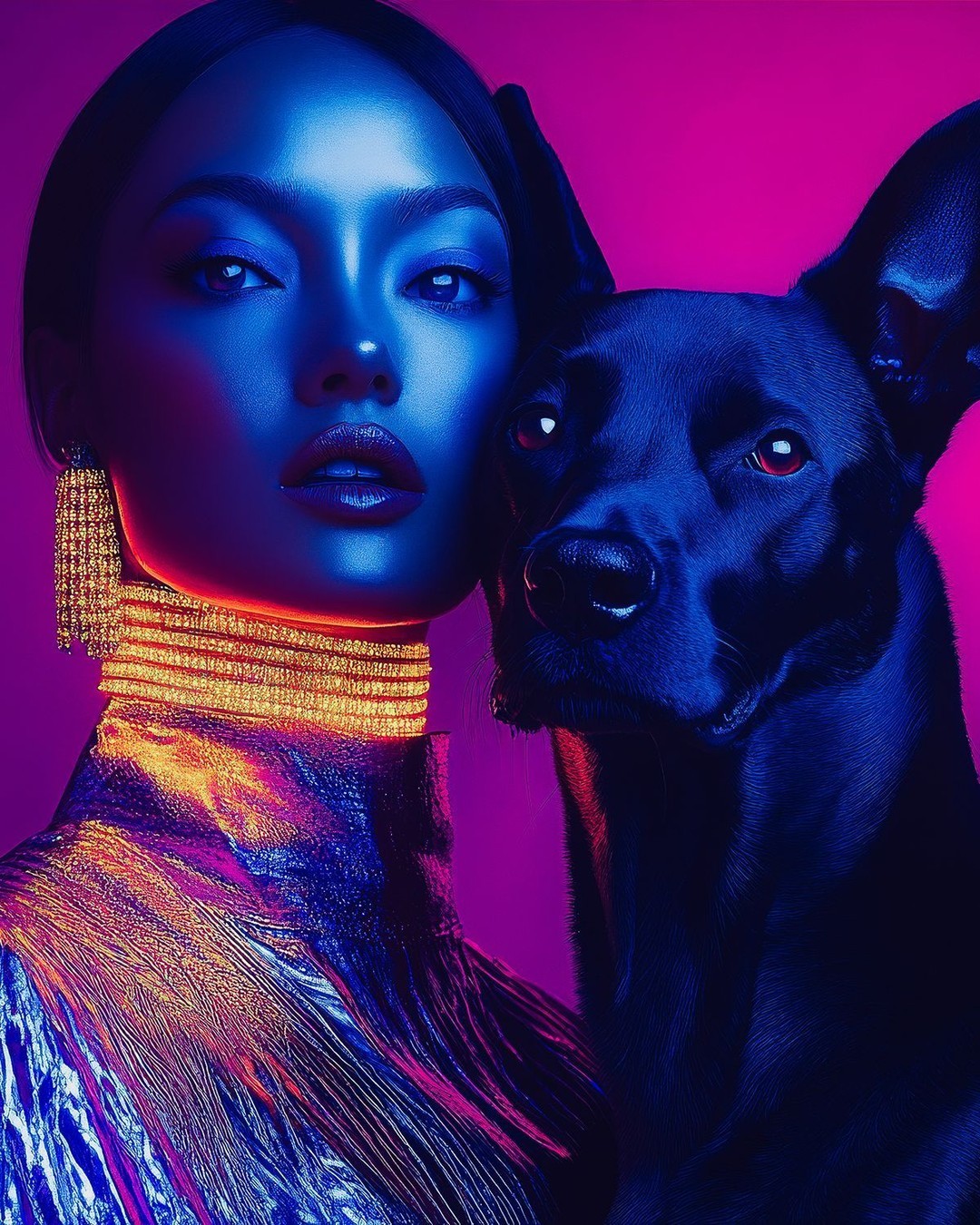
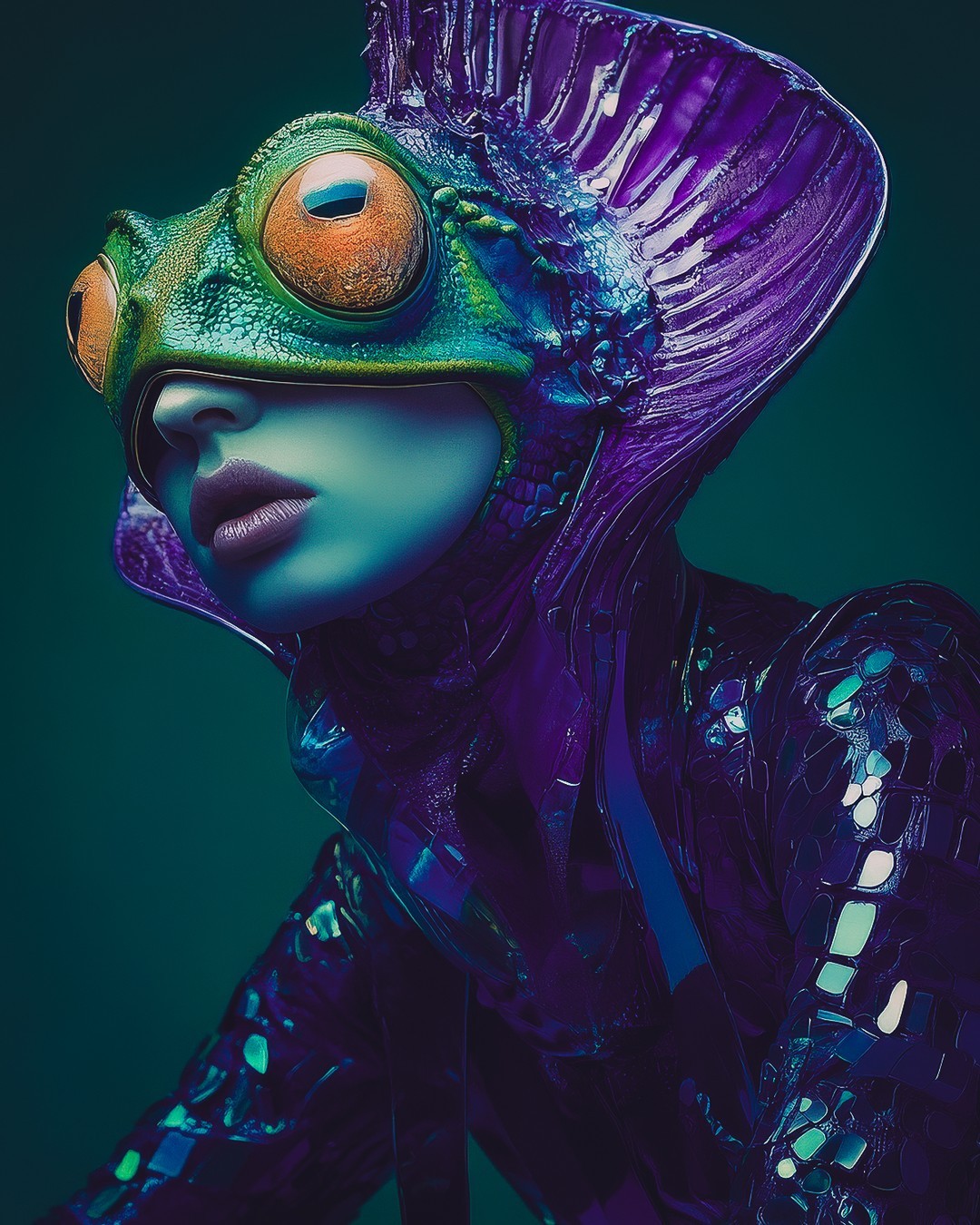
AI art acts like a mirror with its own logic—remixing memory, form, and feeling in surprising ways. Creating with AI feels like falling into a dream or translating an emotion that doesn’t quite have words. Sometimes liberating, sometimes disorienting—always necessary. I’m inspired by artists who make the familiar strange and the strange familiar: Louise Bourgeois, Rei Kawakubo, Bill Viola, Leonora Carrington, Francesca Woodman, Arthur Jafa.
